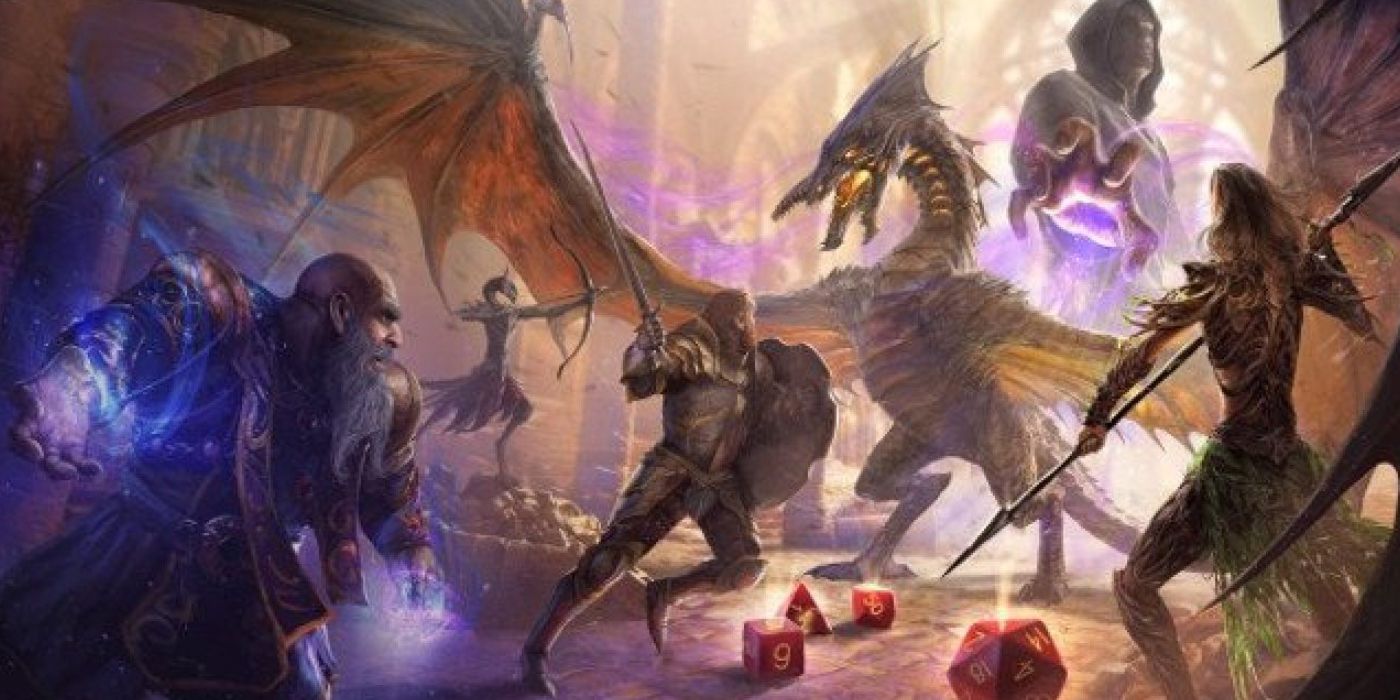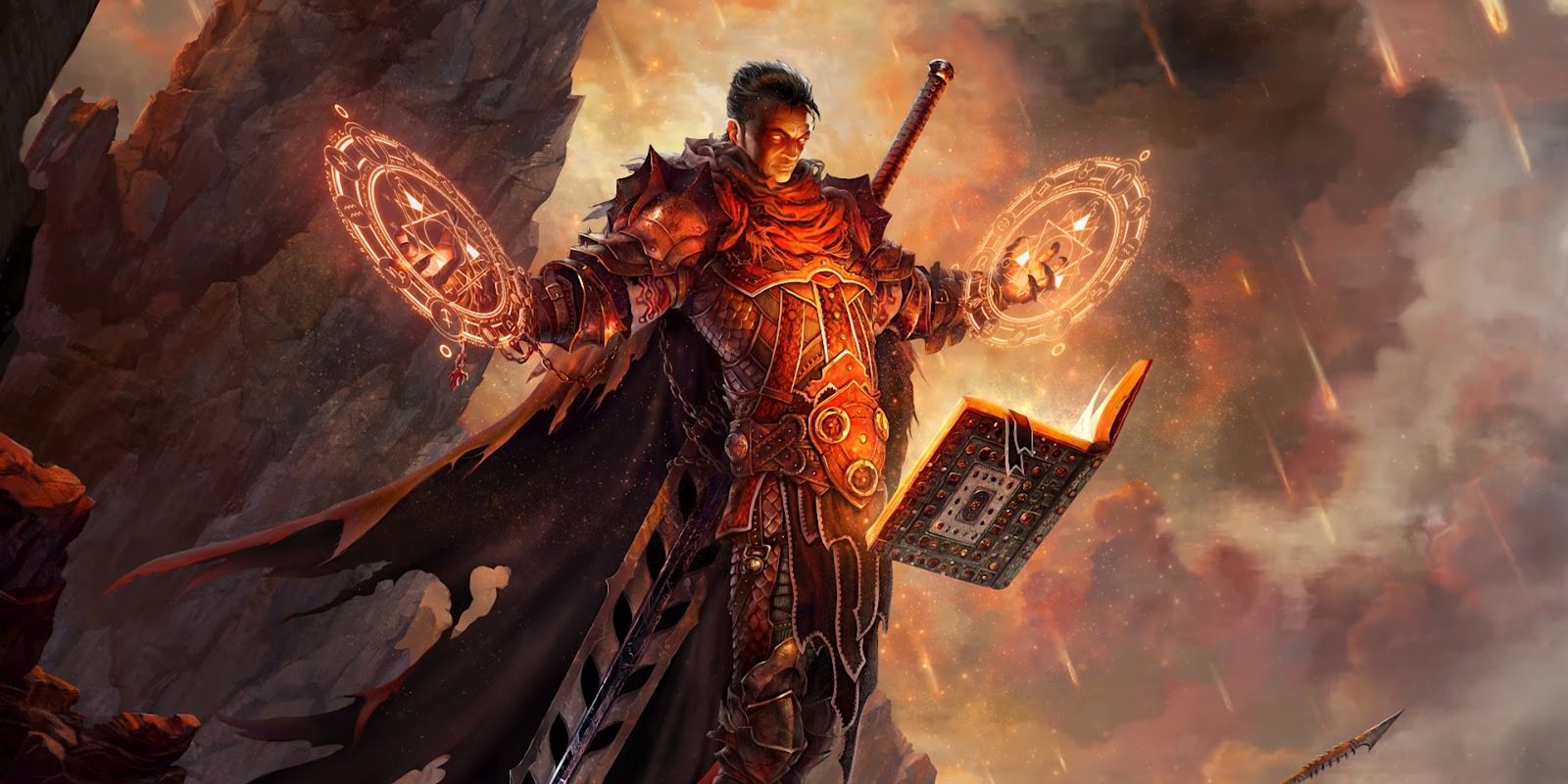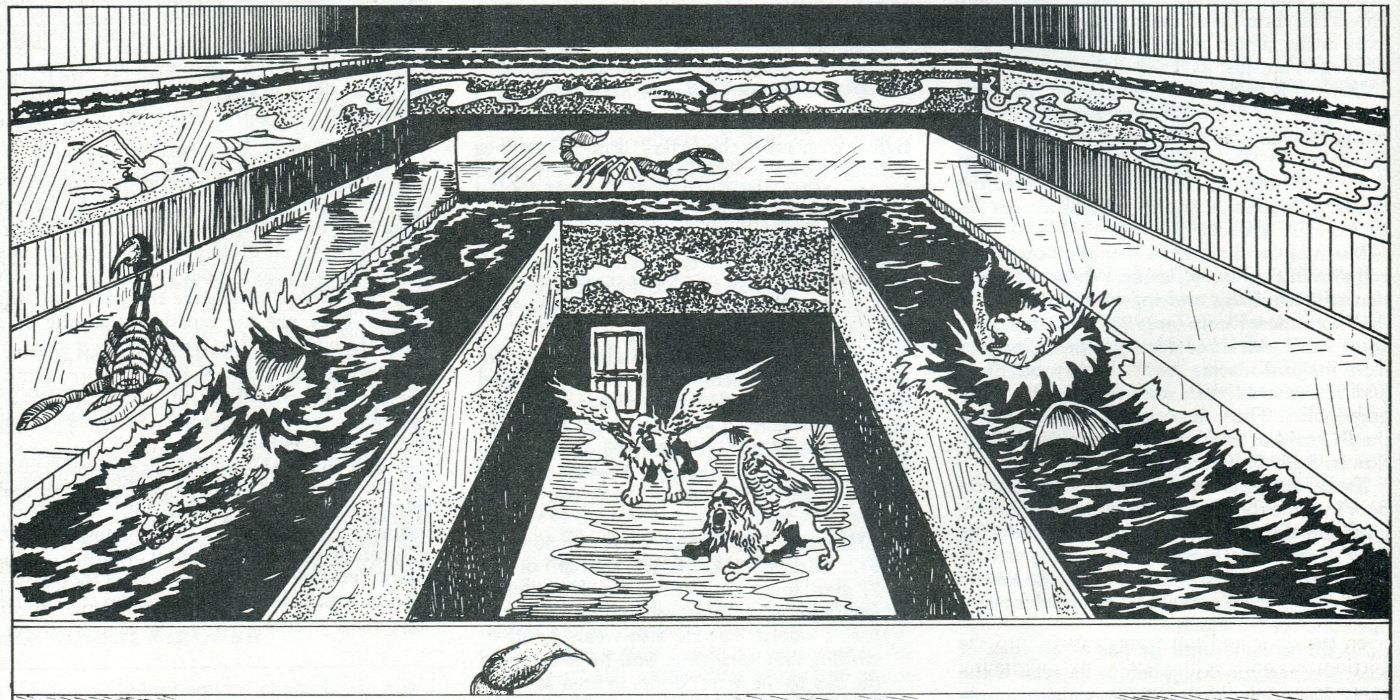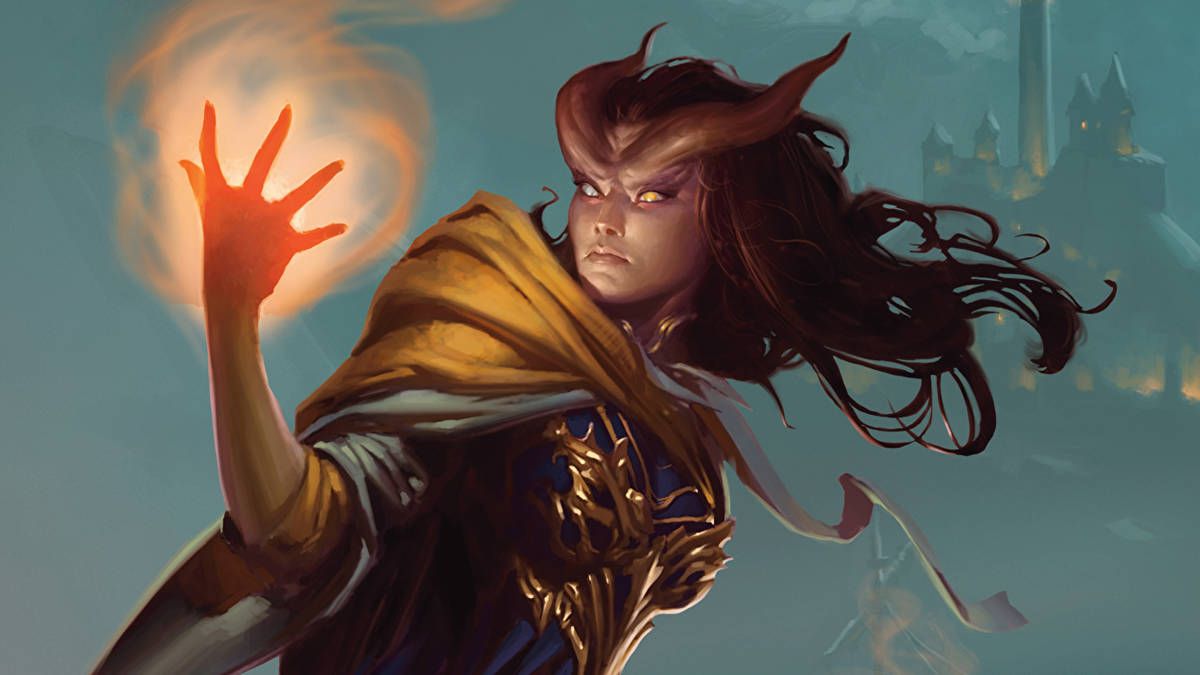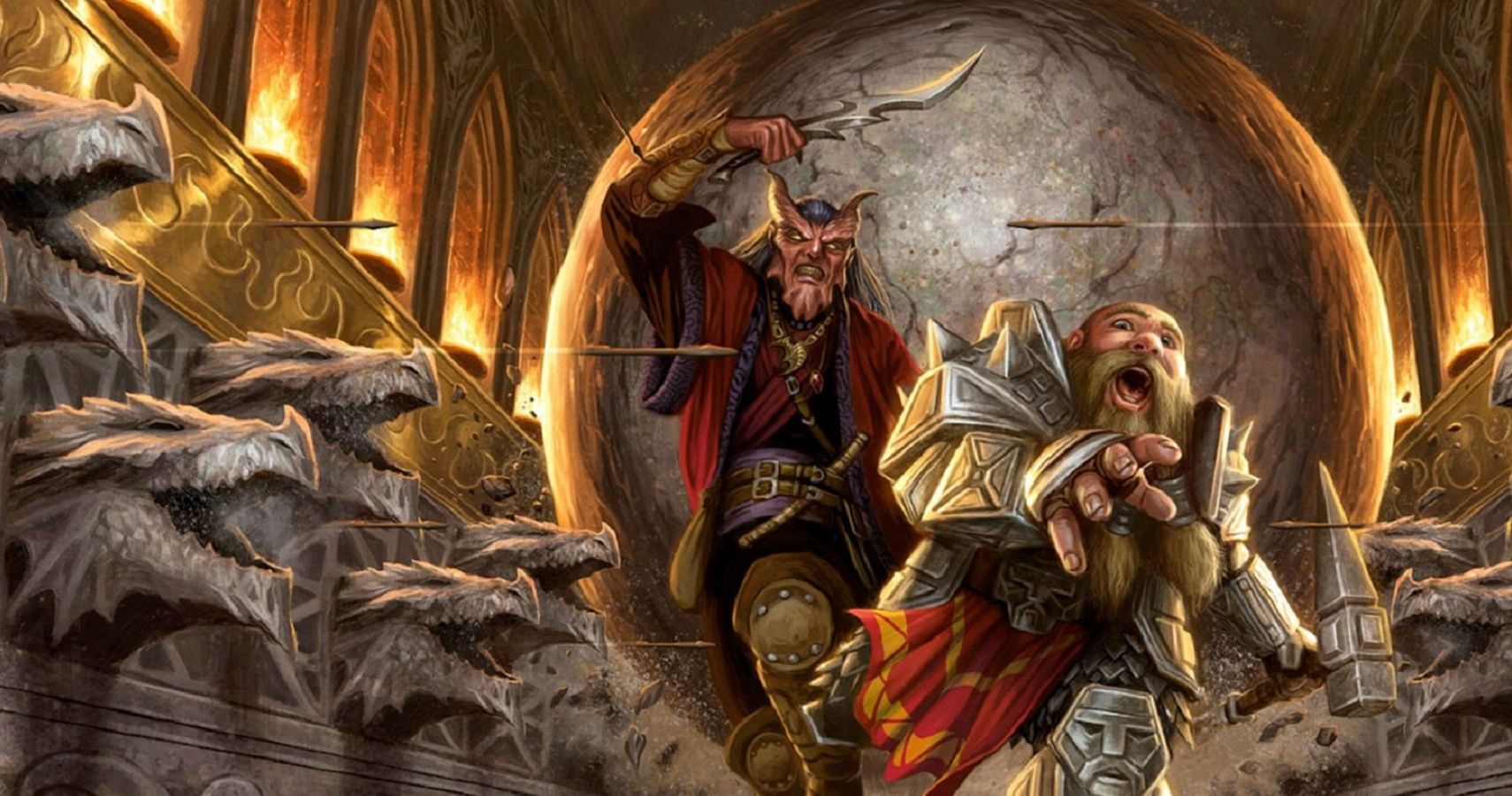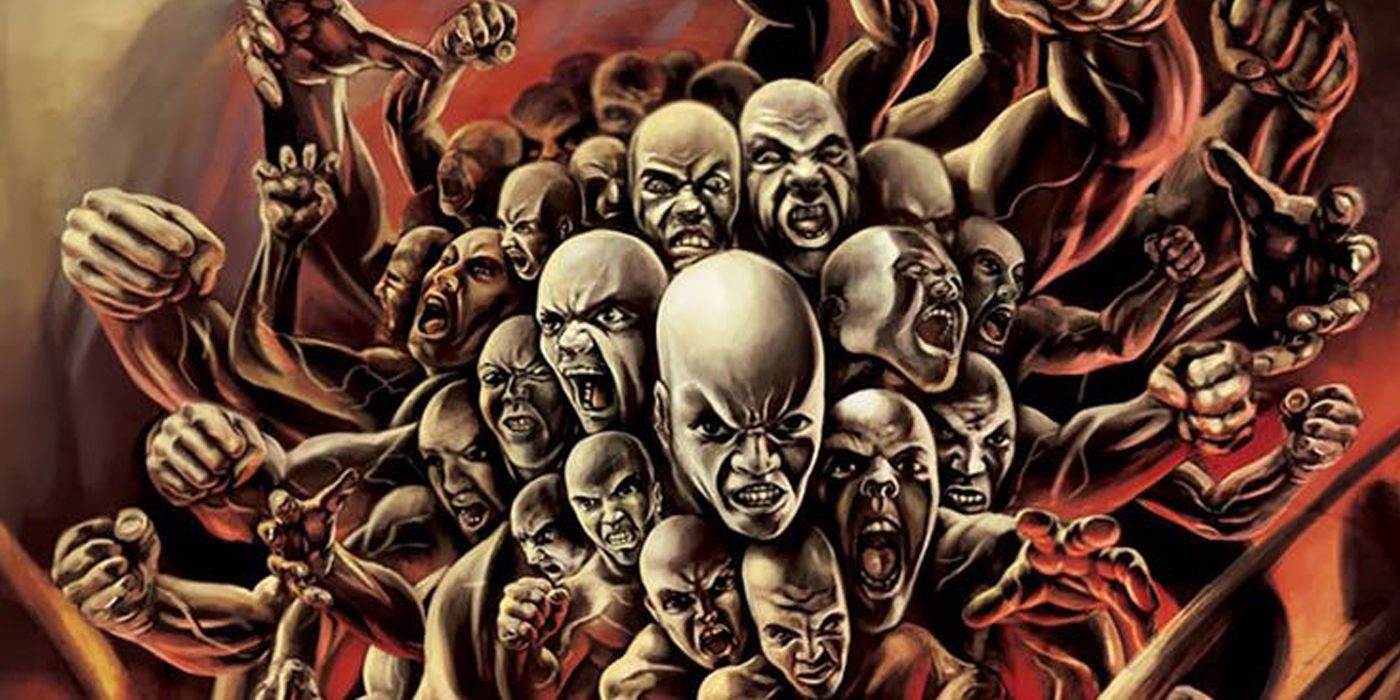Anybody who plays Dungeons & Dragons long enough runs into a monotonous combat encounter where it feels less like a game and more like a slog. Without any inventiveness or imagination, combat turns into a robotic process of rolling dice and comparing numbers, but the good news is that there are easy fixes to this problem.
Any Dungeon Master can lock down a few different aspects to how they run encounters to make each one as engaging as possible. With a little creative thinking, fighting a gang of goblins can be every bit as fun as slaying an ancient dragon.
Vivid Descriptions
As much as figurines, tokens or maps can help match an image to a description, it's the DM's descriptive abilities that makes an encounter come alive. This is often treated as common sense with the rest of the game, where a DM's ability to describe a journey or a town the party walks through makes or breaks the setting, but it's often forgotten once players get into combat where dice rolls help dictate what happens.
Describing what attacks look and sound like flesh out an encounter. Just because an attack roll is lower than its target's armor class doesn't mean the description should stop at "it misses." Heavier armor gets a higher armor class because it's meant to take attacks without undergoing damage, so evocative descriptions of arrows bouncing off steel or a shield deftly deflecting an axe dresses the combat up into a real story. Spells are a great place to add color to an encounter, and using the verbal, somatic and material components can help a DM integrate mechanics into visualizing a battle's most dazzling feature.
Movement Is Key
Movement is another thing that often goes neglected out of convenience. Keeping track of different characters' and creatures' speeds, the terrain, relative heights and diagonal distances can be dizzying, but the work is worth it because it helps engage players with the tactics of a session. Escape routes, flanking points, ranged attacks and status conditions all become more important when movement is involved.
Without dynamic movement, combat often turns into melee PCs gathering around a monster and swiping at it while ranged PCs fire at it. To add some variety, create encounters where PCs either need to flee or chase a target that is faster than them so that they need to outthink it while running. Exploring vertical space and swim speeds can multiply the fun of combat as well, with characters leaping off walls, tumbling through obstacles or diving into a nearby pool to escape an errant fireball.
Spellcraft
Another area where newer DMs often downplay a major feature is spellcraft. Dungeons & Dragons fifth edition emphasizes the use of spells perhaps more any previous incarnation, and most classes have some avenue of exploring spells if they really want to. Some classes are entirely reliant on magic, and DMs need to know as much as they can to properly integrate spells into the game.
That doesn't mean memorizing every spell, but a passing familiarity with as many as possible helps speed the game along and cut down on time spent reading descriptions. What DMs truly need to master are spell mechanics, with aspects like spell components or concentration adding extra layers of challenge to running a fun and effective spellcaster. Wizard's spell books are important to them throughout a game, and the process of preparing and gaining spells is a major feature of the class. But DMs often dispense with this for the sake of convenience, and combat dynamics suffer accordingly.
Environment
Once an encounter's descriptions come alive, movement speeds are accounted for and spellcraft starts going smoothly, it's possible to get reach next level of fun combat sessions: creative environments. So often the focus is on what the adventurers do or who they are fighting, but a truly engaging environment can be the star of the show.
Whether it's traps built into the environment, the difficulty of the terrain or even just the weather, the environment presents more opportunities for innovation. Even an ordinary clash with kobolds can be exhilarating if the ground starts crumbling beneath the players' feet or if labyrinthine walls suddenly shift to separate them from each other. Playing with patches of different terrain or lighting levels gives PCs a whole new dimension to strategize around, and they'll love their DM for integrating it.
Real NPCs
Crafting believable characters sits at the heart of Dungeons & Dragons. Players invest themselves heavily in crafting an elaborate backstory, personality and arc that makes their character feel as tangible as possible. Since the DM roleplays as so many different NPCs, it's difficult to have the same level of detail or attachment. However, if you can craft the illusion that you do even in combat, players will feel like they're fighting someone made of flesh and blood.
First and foremost, that means not every enemy the party faces is willing to fight to the death. When the tides turn against the target, have the NPC flee, beg for mercy or offer up useful information in exchange for their life. Sprinkling dialogue and exposition throughout combat helps break up the monotony of PCs attacking one after another and can keep the story moving forward without grinding to an absolute halt the moment initiative begins. Players want the fantasy to feel real, and if you can capture the excitement of combat and make it feel real, they'll be sure to have a memorable game.

